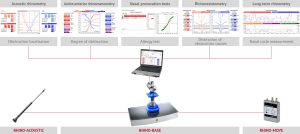
Measuring systems analytical software
Using the evaluation software according to Prof. G. Mlynski, the nasal flow resistance can be reproducibly objectivised and the possible causes of a nasal oscillation can be distincted. In combination with the acoustic rhinometry and, if necessary, the long-term rhinometry, the diagnostic significance is increased and expanded by the nasal provocation test. A raw data export for analytical evaluation purposes is possible without any problem. The integration allows the fully automatic exchange of patient data with the practice computer or the HIS. In addition, results can be sent to the printer via LAN or stored directly on an external data store.
- Automatic finding reports
- Clearly structured user interface
- Raw data export possible
- GDT interface
- HL7 compatibility
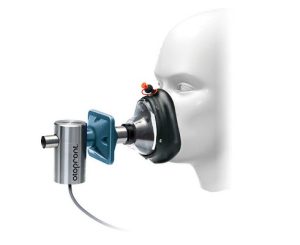
The central element of the RHINO-SYS diagnostic system is the RHINO-BASE with the following measuring procedures.
Rhinoresistometry
The rhinoresistometry is a further development of the rhinomanometry based on flow laws. It not only allows an exact assessment of the extent of a nasal obstruction, but also a differentiation of the flow dynamics (narrowing by swelling, skeletal deformation and pathological inspiratory nasal flap collapse as well as pathological turbulence behavior). Rhinomanometry serves as a measurement method for rhinoresistometry.
Active anterior rhinomanometry
The nasal flow rate is measured via a breathing mask with a special, highly sensitive measuring nozzle. The choanal pressure is measured by means of a stick-on, non-deforming nose adapter. The direct coupling of the micro-pressure sensors to the respiratory mask results in a better handling and higher measurement accuracy. A bacteria filter ensures good hygiene of the measuring instrument.
Nasal provocation test
The optional software package for the nasal provocation test (NPT) is objectified with rhinomanometry. The evaluation of the series of measurements provides information on the change of the nasal respiratory flow by mucous membrane curl as an allergic reaction after administration of an allergen. In addition, parameters such as secretion, irritation and remote symptoms are included in the evaluation. The software provides a wide range of allergenic protocols for an optimal test sequence, which in turn are classified into allergen groups.
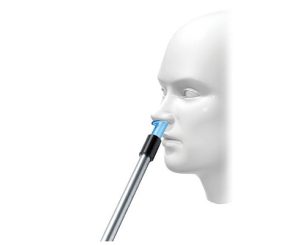
Acoustic rhinometry
The RHINO-ACOUSTIC generates an acoustic rhinometry – a powerful instrument for the representation of the nasal cavity cross-sections. The method is based on the computer-assisted analysis of reflections, a nasally applied sound signal. The method allows the calculation of the cross-sectional area in the nose as a function of its distance from the outer nose hole. Acoustic rhinometry enables the objectification of narrow points as a cause of increased nasal resistance as well as deformations of the nasal diffuser as the cause of pathological turbulence.
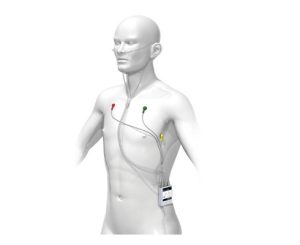
Long-term rhinometry
RHINO-MOVE is a portable measuring system that allows a 24-hour recording of the breathing, separately for both nasal sides. The synchronous registration of the heart rate allows an assessment of the physical strain. The method has been developed because the above-mentioned measurement methods allow only an assessment of nasal breathing at the time of the measurement. However, many patients complain about discomforts at other times of the day or at night. The method makes it possible to record the nasal cycle as an important prerequisite for the respiratory function of the nose as well as to assess pathological mucous membrane swellings under the daily living conditions of the patient.
Examination examples
In addition to objectifying the extent of the nasal obstruction, rhinoresistometry also allows differential diagnosis of the possible causes. The representation of the nasal cross-sectional cavities by means of the acoustic rhinometry also allows the objectification of narrow points as a cause of increased nasal resistance as well as deformations of the nasal diffuser as the cause of pathological turbulence.
A preoperative and postoperative comparison of a pathological finding is shown.
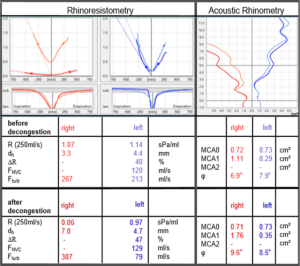
Endonasal findings
Septumdeviation left.
RHINO-SYS findings
Right nasal side:
Severe obstruction by swelling; After swelling low resistance to breathing (non-physiological low resistance due to internal shut-off valve)
Left nasal side:
High degree of obstruction before and after swelling.
Reasons:
Skeletal stenosis, localization: internal nasal valve; Pathological nasal flap (flap phenomenon) by stenosis on the inner nasal valve; Pathological turbulence after swelling due to too narrow entrance into the nasal diffuser and large diffuser angle
Therapy:
septoplasty
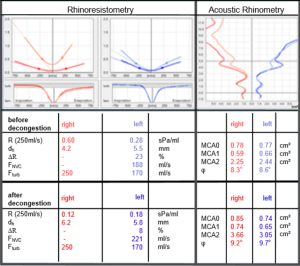
RHINO-SYS findings (1 year after septoplasty)
Right nasal side:
Moderate obstruction due to swelling
After swelling low respiratory resistance, physiological nasal valve as well as turbulence behavior
Left nasal side:
Low obstruction before and after swelling, inner nasal valve physiological, physiological nose wing collars, turbulence behaviour optimised
Equipment
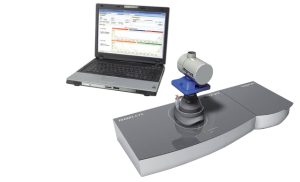
RHINO-BASE central unit
with measuring nozzle, accessory box and laptop with analysing software and patient data base, rhinomanometry with nasal provocation test and rhinoresistometry
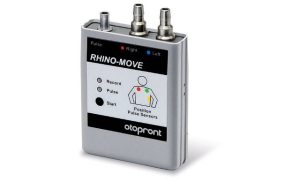
RHINO-MOVE unit
for long-term rhinometry
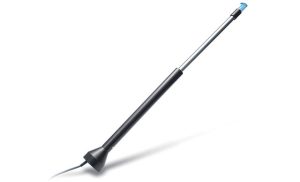
RHINO-ACOUSTIC measuring probe
Acoustic Rhinometry
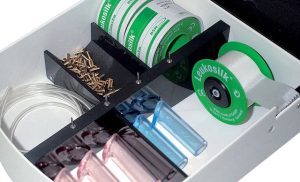
Accessory box
contains all materials to prepare the RHINO-SYS for rhinologic measurements. The box also contains compartments for hoses and nose adapters. This functional box comes together with the RHINO-BASE.


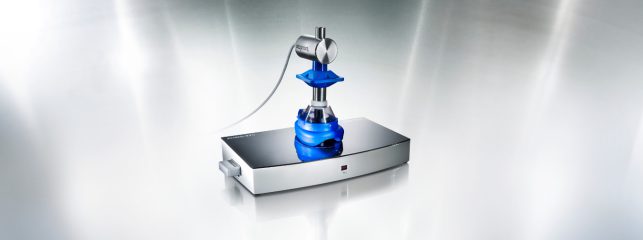
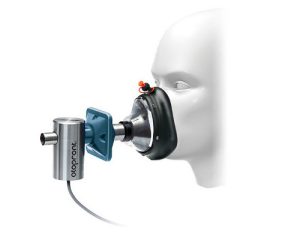

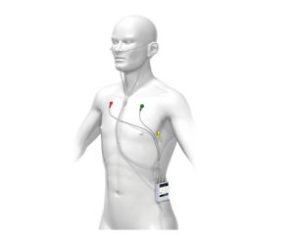
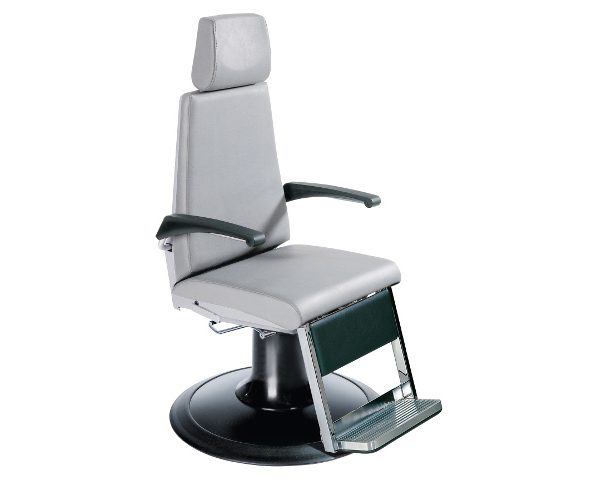

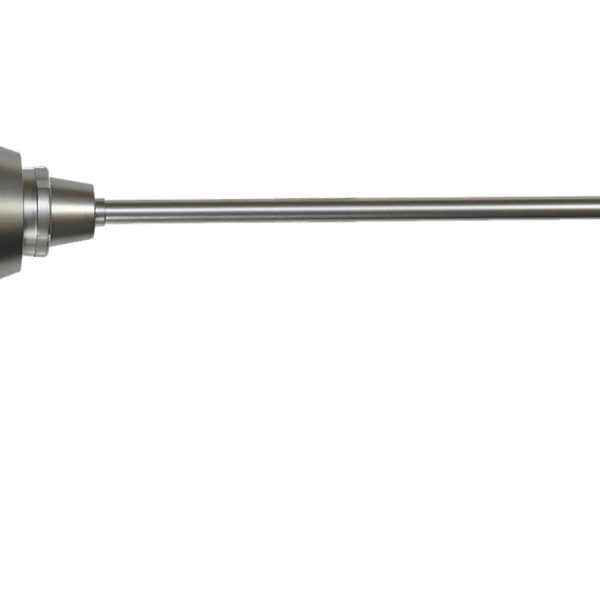
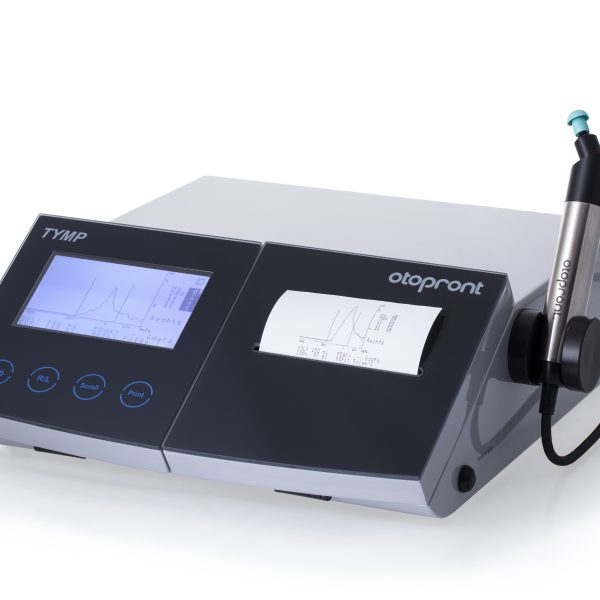
نقد و بررسیها
هنوز بررسیای ثبت نشده است.